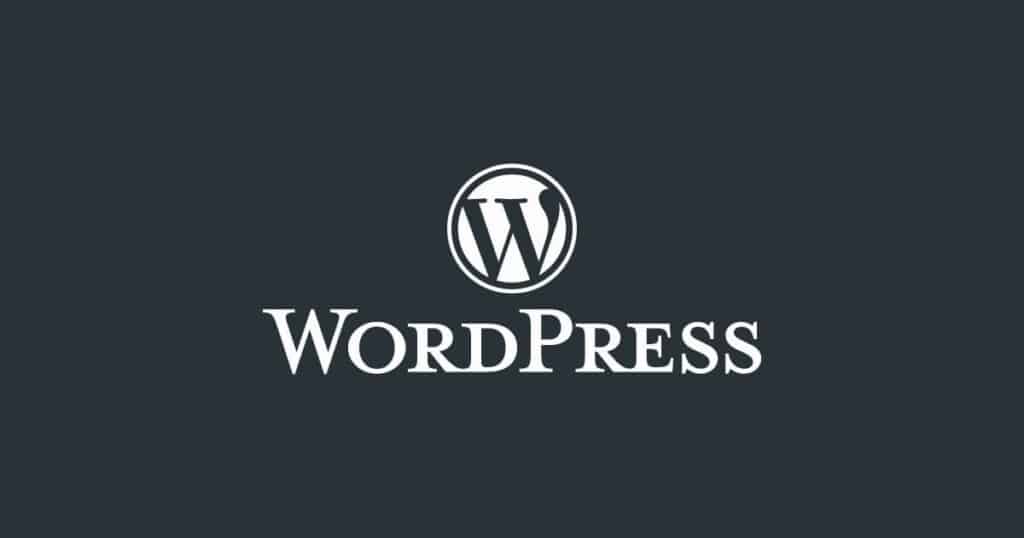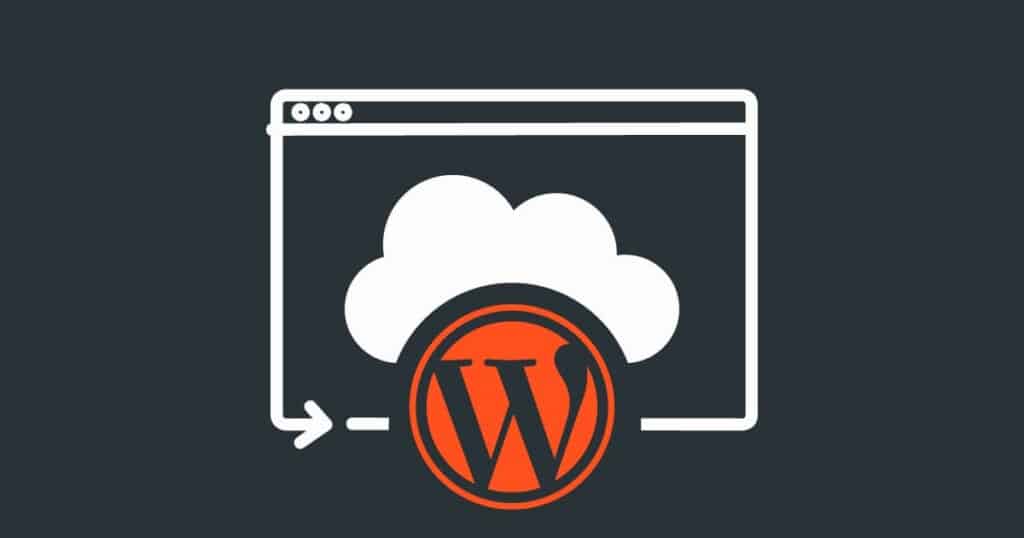Keep your website secure with these top tips
Cybersecurity is an important consideration for any website owner.
Web security should be a key focus for every business. In this blog post, we explore 9 security issues that could be making your WordPress site vulnerable to attacks in 2024.
Online hackers can steal user data and passwords, install malware on your website or even spread it to your customers. Cyber crime costs trillions of dollars in damage to businesses every year, and is expected to rise even further. It can also cause serious damage to brand reputation.
Advances in automation and generative artificial intelligence (AI) have brought many benefits for businesses, but have also led to more sophisticated cyber attacks.
It is the responsibility of website owners to secure their digital platforms against these attacks to protect both your business assets and your customers’ data.
We’re going to take a detailed look at nine key security issues and how to overcome them.
What we’ll cover:
-
Outdated code
-
Insecure themes and plugins
-
Weak passwords and user authentication
-
Insufficient backups and data recovery
-
Unsecured hosting environment
-
Lack of SSL encryption
-
Ignoring security audits and monitoring
-
Neglecting user permissions and access control –
-
Emerging cybersecurity threats in 2024

Protecting against cyber security threats
1. Outdated WordPress code
Choosing the right CMS to host your website on is your first line of defence against cyber attacks. Although WordPress’s core software is extremely secure and regularly audited by its developer community, no platform is completely invulnerable to threats.
Because WordPress is an open-source platform, its code is regularly maintained and updated, and minor updates are installed automatically. However, if a vulnerability is found in its core code, this may require a larger update that will need to be initiated manually.
Performing these manual updates promptly on your WordPress core, along with your theme and plugins, is crucial for maintaining your website’s security.
Read more tips
Like what you’re reading? There’s more where this came from. Subscribe to our monthly newsletter.
2. Using insecure themes and plugins
There are thousands of themes and plugins you can use to customise your WordPress site. These are generally created and maintained by third-party developers who release their own updates.
Over half of WordPress vulnerabilities are due to outdated plugins, so choosing secure themes and plugins for your WordPress site is an important part of protecting your site from cyber attacks.
Not only will this help you avoid bugs and compatibility issues, it also means there will be fewer security vulnerabilities to be exploited by hackers and malware.
When selecting themes and plugins, consider the following:
- Is it updated regularly?
- Does it meet appropriate code standards?
- Is it compatible with other plugins and functionalities on your website?
- Does it contain any known WordPress vulnerabilities?
WordPress’s Theme Check plugin will check your existing theme against current standards and practices, and flag any potential vulnerabilities or compatibility issues.
Plug in to expert advice
Not sure what themes and plugins to use? We can help you find secure, functional solutions that meet your business needs.
3. Weak passwords and user authentication
Another key factor to consider in securing your website is passwords and user authentication.
Over 80% of data breaches happen due to weak or stolen passwords. This is partly because web users tend to favour easy-to-remember passwords, and often use the same passwords for multiple websites.
It’s essential for website owners to provide a secure login experience for both customers and website admins. There are several steps you can take to do this, such as:
- Using a strong, unique admin password and requiring all users and subscribers to do the same
- Storing important login details in a secure password manager like LastPass
- Implementing two-factor authentication
4. Insufficient backups and data recovery
Even with the most up-to-date protections, no website is ever completely secure. Should you experience a data breach or hacking attempt, backing up your site and having a disaster recovery strategy in place will help you quickly restore your WordPress site to the form it existed in before the attack.
Whilst it is possible to recover your website in other ways, performing regular backups will minimise the time, effort and cost to your business.
WordPress has several plugins you can use for backups, many of which do not require coding. The frequency of your backups will depend on how often you update your website.
For websites that do not publish new content very often, once a day is often sufficient. If you add new content multiple times a day, you may want to consider real-time backups.
Backup best practice, guaranteed
An expert WordPress agency will stay on top of backups and always follow best practice.
5. Unsecured hosting environment
Your choice of hosting service plays an important role in your website’s security. There are plenty of hosting providers on the market to choose from, and each has its own pros and cons.
When considering which provider is right for you, it’s important to consider what security measures they take. A provider that prioritises security will generally offer the following:
- Automatic background scans that remove any malware or suspicious activity
- A built-in firewall
- Automated backups and disaster recovery measures
- Protection against DDoS attacks
- Up-to-date software
- SSL certificates or other protocols to offer extra security
Because shared hosting providers host multiple websites on the same server, there is potential for hackers to access your website using another site on the same server.
There is also the possibility of your website being blacklisted by your hosting provider or by search engines if your security is breached and you don’t take action in a timely manner, which can affect your brand’s SEO rankings and reputation.

6. Lack of SSL encryption
SSL (Secure Sockets Layer) encryption adds another layer of security to your website. When browsing the web, you’re likely to come across URLs that begin with HTTPS instead of HTTP, that have a padlock icon next to them.
This shows that the website has SSL encryption enabled, meaning that data transferred between your browser and that website is encrypted, making it more difficult for third parties to access sensitive information.
Obtaining an SSL certificate can be costly, depending on the nature of your website. One advantage of using WordPress is that you will automatically have an SSL certificate installed with your domain name.
However, these certificates need to be renewed regularly, and failing to do so will leave your website vulnerable to hackers and malware.
Ignoring security audits and monitoring
When it comes to online security, prevention is always your best form of protection. If your website has a WordPress security plugin installed, it will perform regular checks for malware and security breaches.
If you notice any of the following, it could be a sign that your website’s security is compromised:
- Sudden drops in traffic
- Slower website performance and loading times
- New accounts that look suspicious, repeated login attempts or password requests you don’t recognise
- Suspicious links appearing in your website content
Should this occur, you can perform a manual scan either through your security plugin or by using a malware and security scanner.
Although these scanners cannot rectify any security issues, it can help you identify them and take the appropriate measures to secure your website.
8. Neglecting user permissions and access control
Managing your website’s user access and permissions is an essential part of keeping your website secure. WordPress allows you to give multiple users access to your website, a particularly helpful function for businesses with large teams of website editors and contributors.
However, not every person working on your site will require full access. If members of your team change roles or leave your company, this will also require a change in their user permissions. WordPress has five default user roles, each with a different level of access:
- Administrator: The highest level of access. This allows users to publish and delete posts and plugins, and make changes to the theme, layout and code.
- Editor: These users can make changes to content, but not plugins or themes.
- Author: Authors can create, edit, publish and delete their own content.
- Contributor: The ability to create and edit posts, but not publish them,
- Subscriber: These are people with WordPress accounts who have subscribed to your website updates. They can log into their own user account, but not make any changes to your content, plugins or themes.
Understanding and implementing role-based access control to your WordPress site and only giving higher access levels to those who require it for their roles will limit the risk of login details ending up in the wrong hands.
9. Emerging cybersecurity threats in 2024
Keeping your website secure is about being aware of existing threats around you today, whilst also keeping an eye on threats that are likely to emerge in the future.
According to Google’s Cloud Cybersecurity Forecast 2024 report, some factors predicted to impact this year’s cybersecurity landscape are:
- Advancements in AI leading to more convincing and sophisticated scams
- Geopolitically-motivated espionage
- Attackers targeting cloud services and exploiting any known vulnerabilities
Having an experienced WordPress agency managing your website will dramatically reduce its vulnerability to both existing and future threats.
A reputable agency will take proactive measures to secure your website, ensure all software and plugins are up-to-date and stay vigilant against any potential security threats.
Takeaways
Although the cybersecurity landscape is evolving fast, there are several measures you can take to strengthen your WordPress site:
- Updating out-of-date code
- Choosing secure themes and plugins
- Strengthening weak passwords and user authentication
- Performing regular backups and data recovery
- Choosing a secure hosting environment
- Enabling and maintaining SSL encryption
- Monitoring user permissions and access control
- Performing security audits and monitoring
- Staying vigilant to emerging threats in 2024 and beyond
Safeguard your website with our digital services
We’ll keep your site secure and on top of its game.